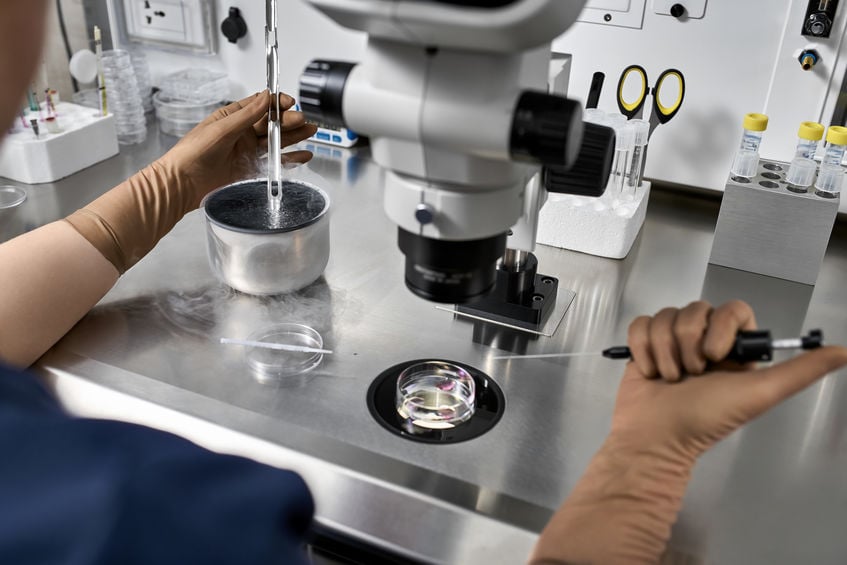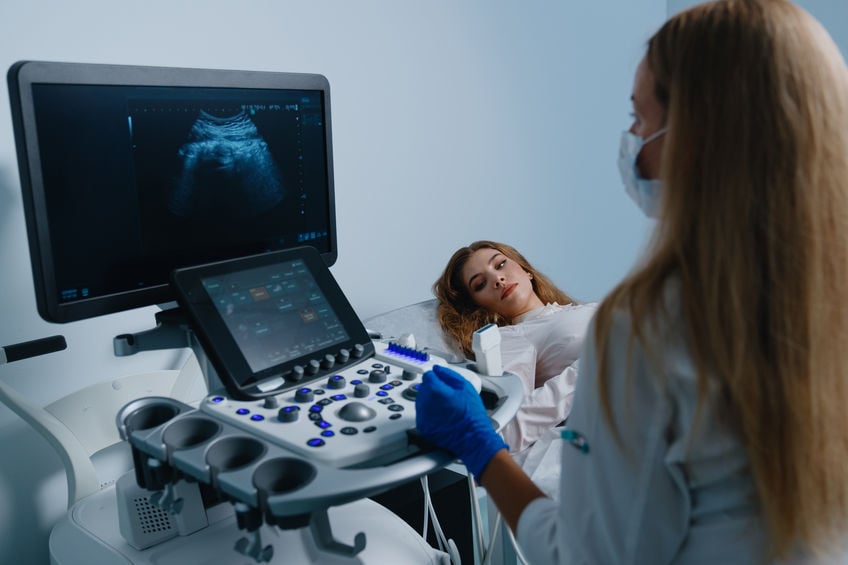Common Fertility Challenges In Women
Subfertility and infertility are 2 terms used to describe difficulties in conceiving a child. While these terms may seem similar initially, there is a significant difference between the concepts. Subfertility refers to reduced fertility or problem conceiving, while infertility refers to the inability to conceive after a prolonged period. Both conditions are common, especially among women. Infertility affects 1 out of 5 married women aged 15-49 in the United States. When faced with the inability to conceive, some women over 30 may turn to in vitro fertilization (IVF) to overcome fertility challenges.

Factors affecting fertility
Subfertility and infertility in women over 30 are complex issues, with several factors contributing to difficulty conceiving. Biologically speaking, women may experience a decline in fertility due to age-related changes in the reproductive system. This includes a decrease in the quantity and quality of eggs, which can lower the chances of successful conception. Additionally, lifestyle factors such as stress, diet, and smoking can negatively impact fertility in women. Furthermore, medical conditions such as ovulation issues and endometriosis can contribute to fertility challenges in this age group.
Pursuing IVF
In vitro fertilization is a highly effective assisted reproductive technology (ART) technique that can help overcome fertility challenges in women, especially those over 30 years of age. The procedure involves fertilizing an egg with sperm outside the body in a laboratory setting. IVF allows for the selection of a healthy embryo, which is then implanted into the woman's uterus. The procedure can be particularly beneficial for women in this age group struggling with subfertility or infertility.
Benefits of fertility treatment
In vitro fertilization allows for bypassing age-related declines in egg quality and quantity. Using donor eggs or fertility treatments such as sperm extraction, in combination with IVF, women can increase the chances of successful conception and pregnancy. Furthermore, IVF allows for selecting embryos with the highest probability of implantation. This increases the likelihood of a successful pregnancy and reduces the risk of miscarriage or chromosomal abnormalities, which are more prevalent in older women.
Considerations and risks of IVF
While IVF is a viable option for women facing fertility challenges, there are a few important factors to consider. A primary considerations is the financial cost associated with IVF. This treatment can be expensive and may not be covered by insurance. There are also potential risks and side effects associated with IVF, including ovarian hyperstimulation syndrome (OHSS), multiple pregnancies, and the stress of undergoing a complex medical procedure. Therefore, women in the 30s should carefully weigh IVF's potential benefits and risks before deciding whether to pursue fertility treatment.
A baby is possible with IVF
For women experiencing fertility challenges, IVF can be a great option worth exploring. Women with subfertility can keep trying naturally for a short period and may not need IVF. However, individuals with an infertility diagnosis can benefit greatly from IVF. The success rate of IVF for women in this age group is generally higher than in older age groups. Furthermore, IVF can help overcome age-related declines in fertility and increase the chances of a successful pregnancy. Any woman interested in having a baby with IVF should consult a fertility specialist to learn more.





